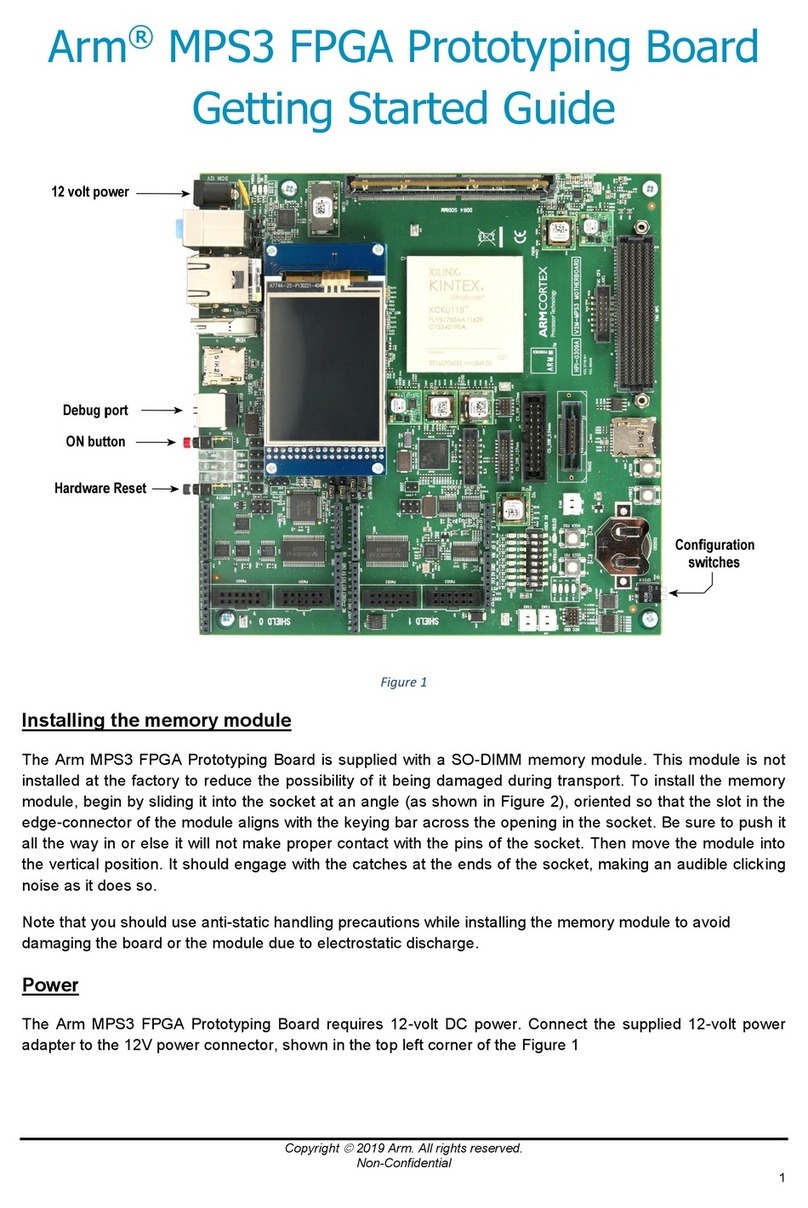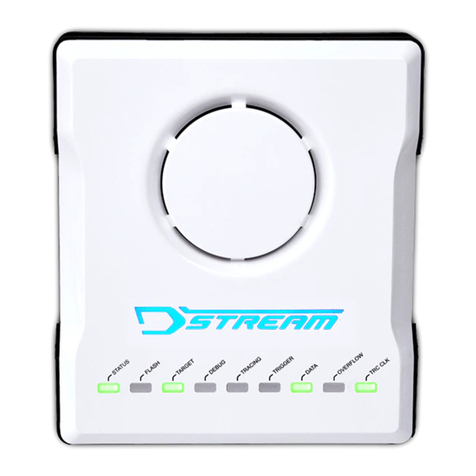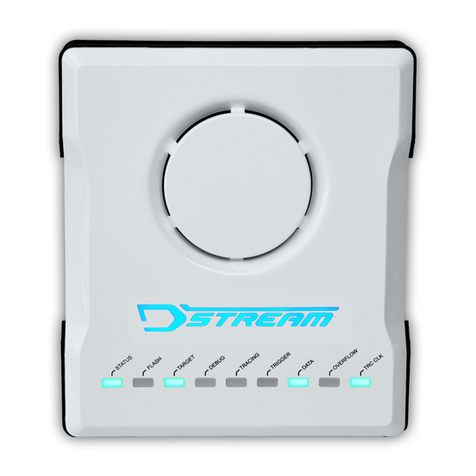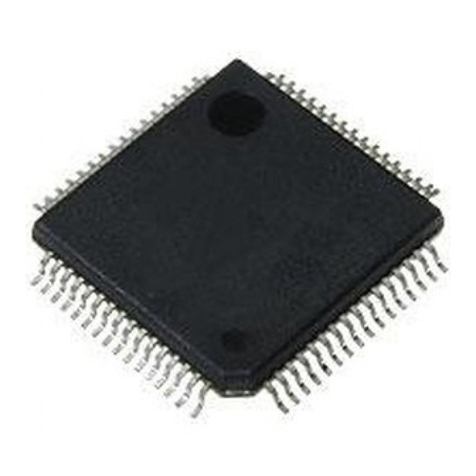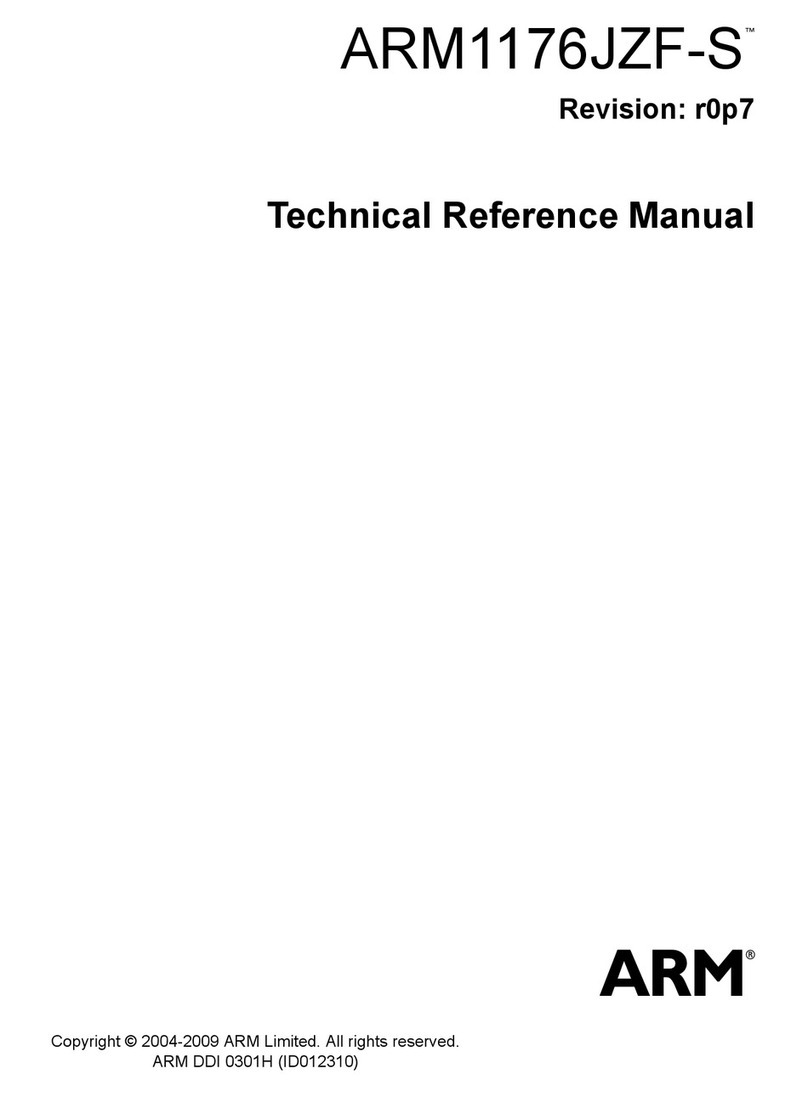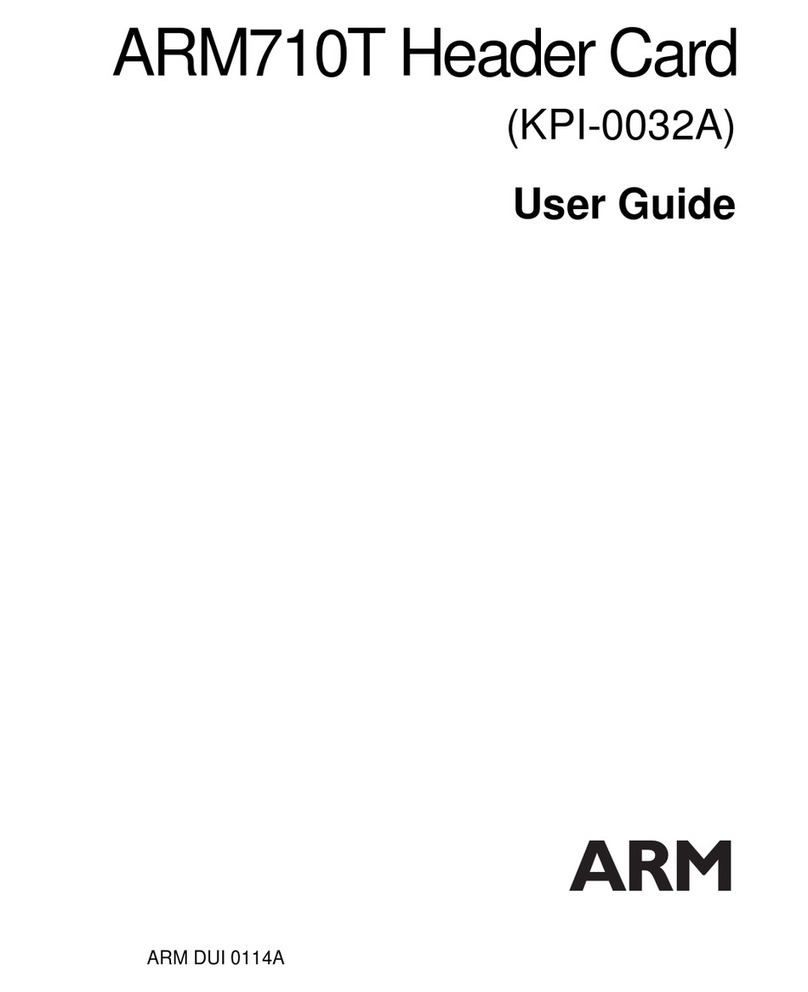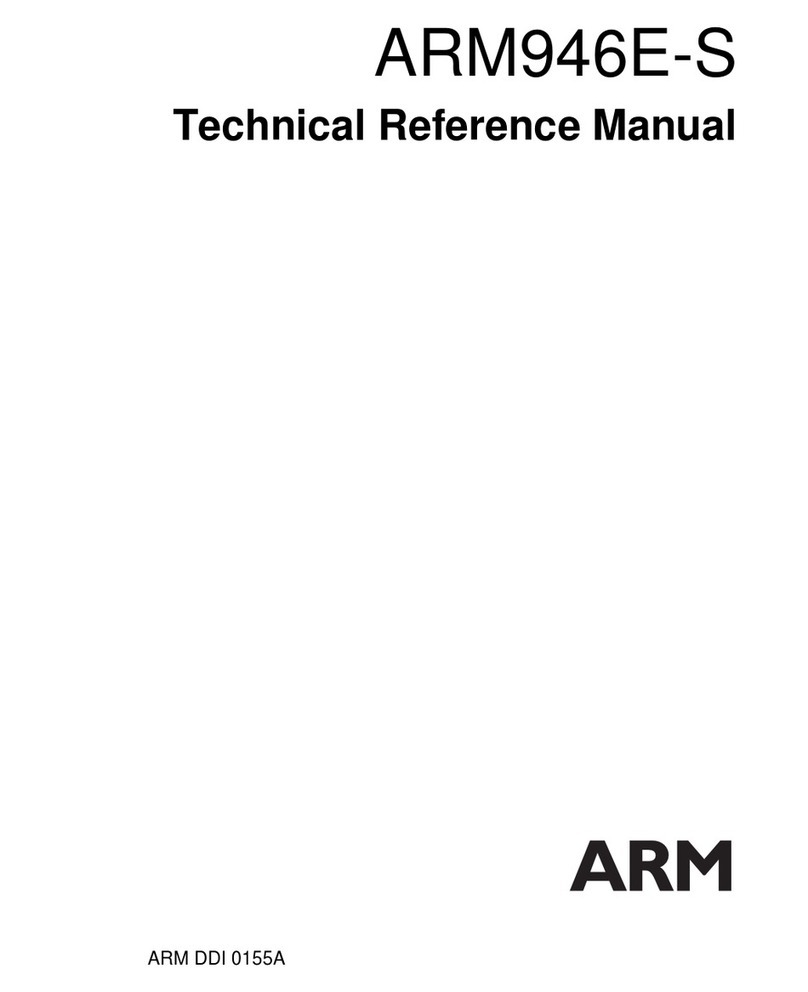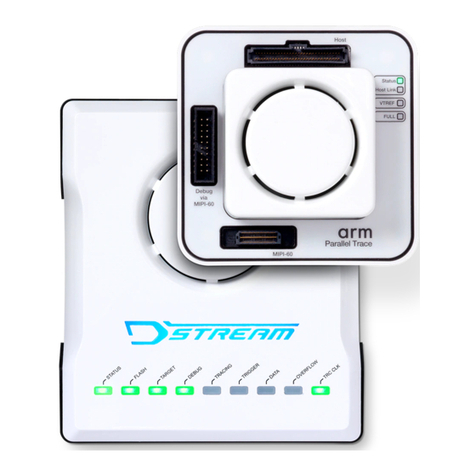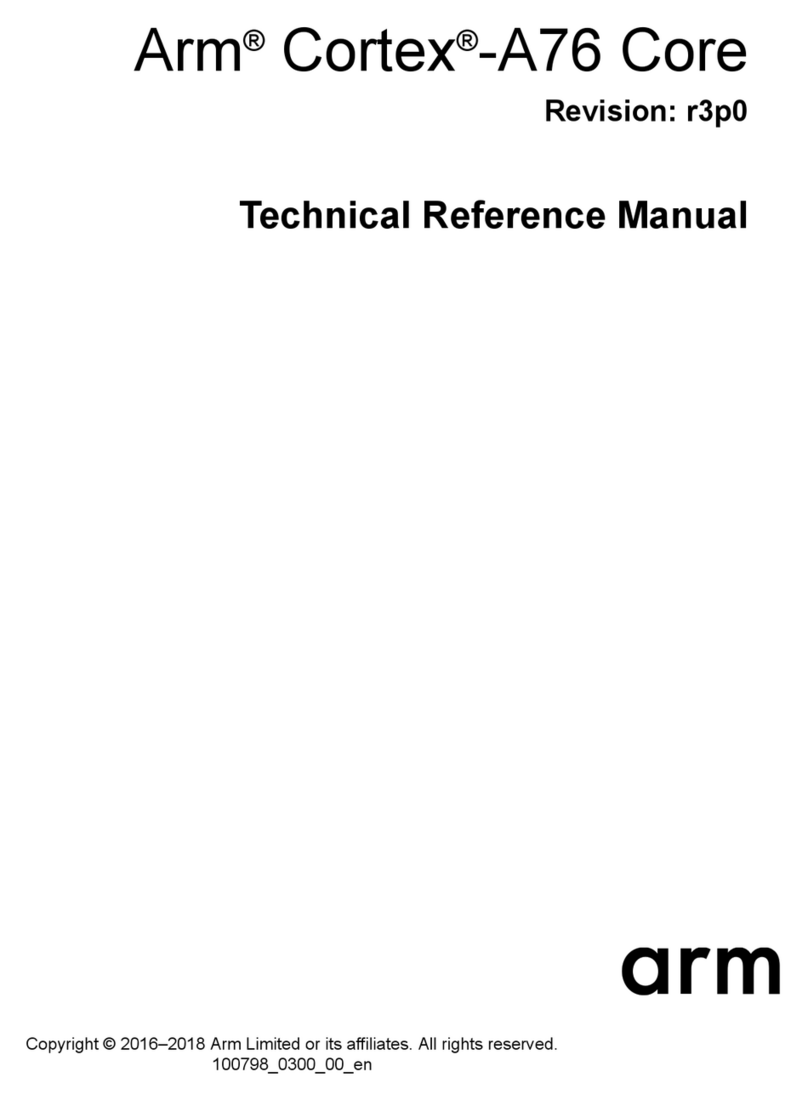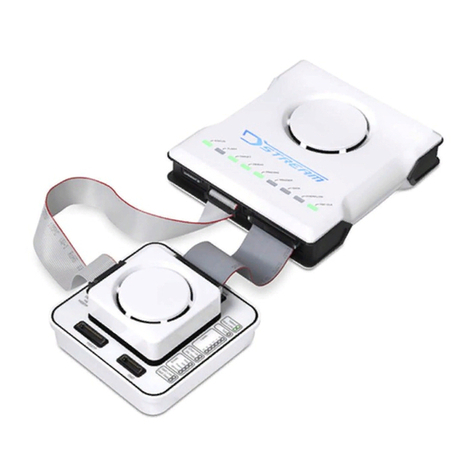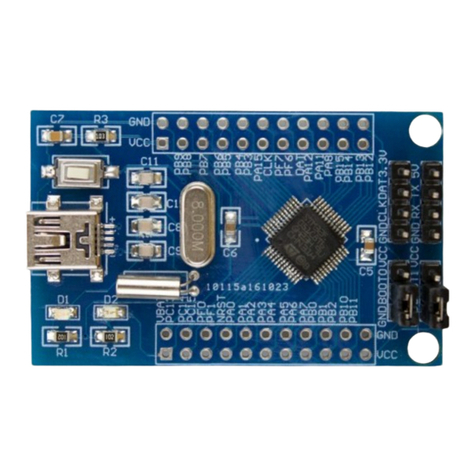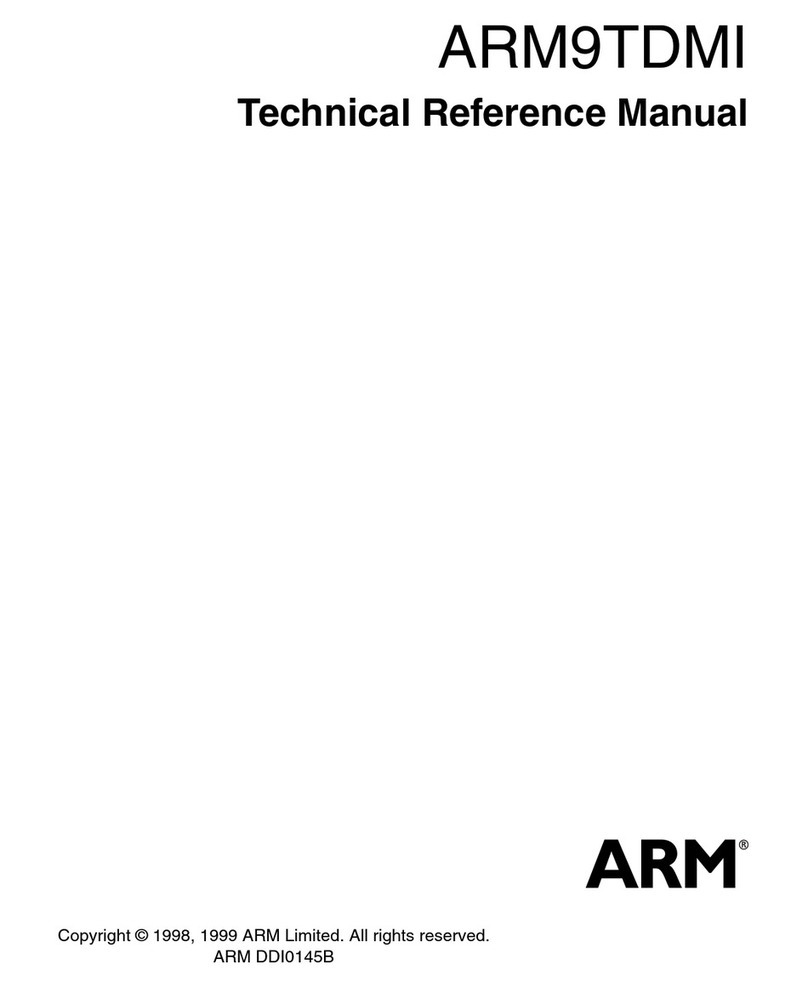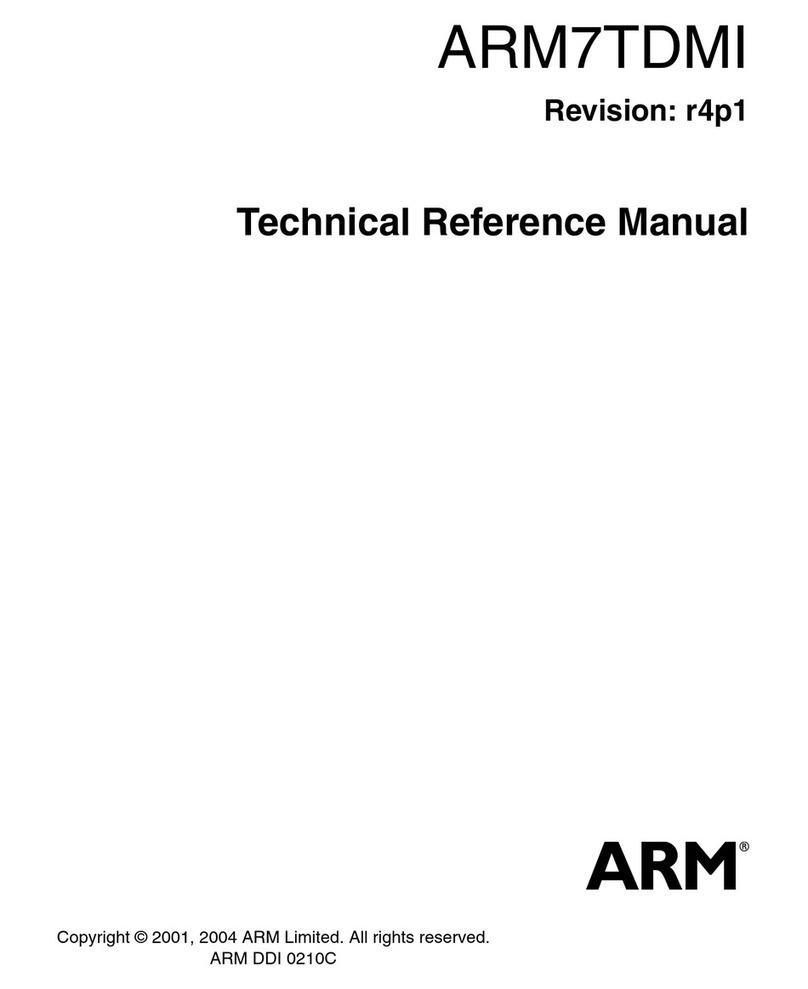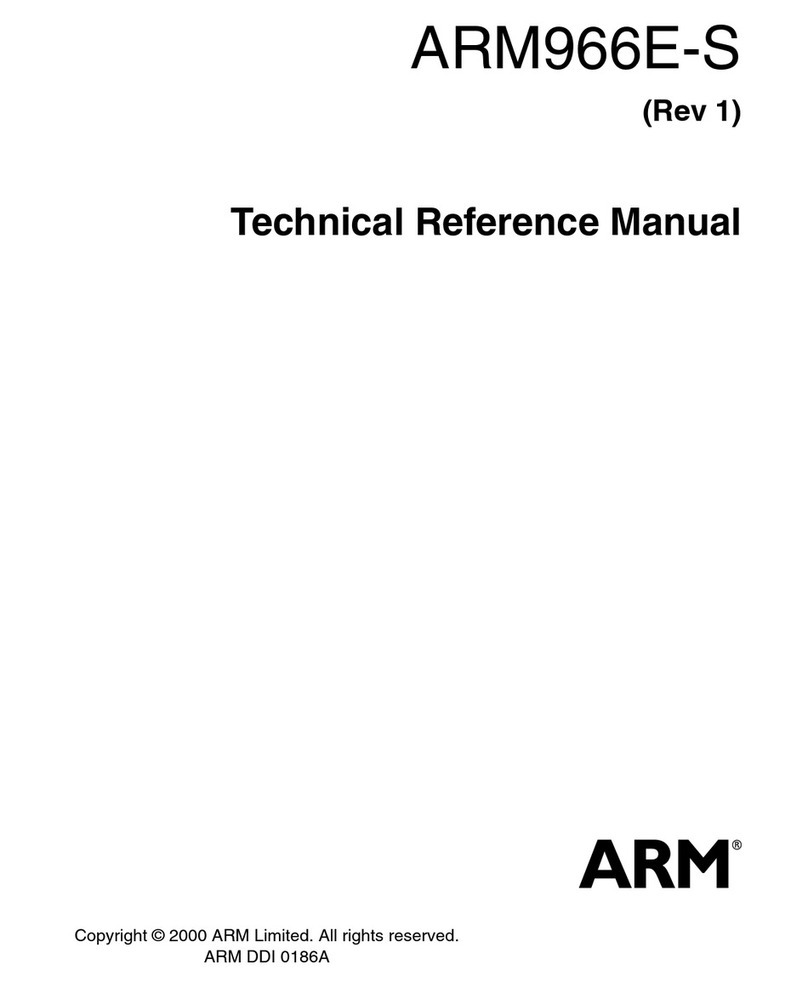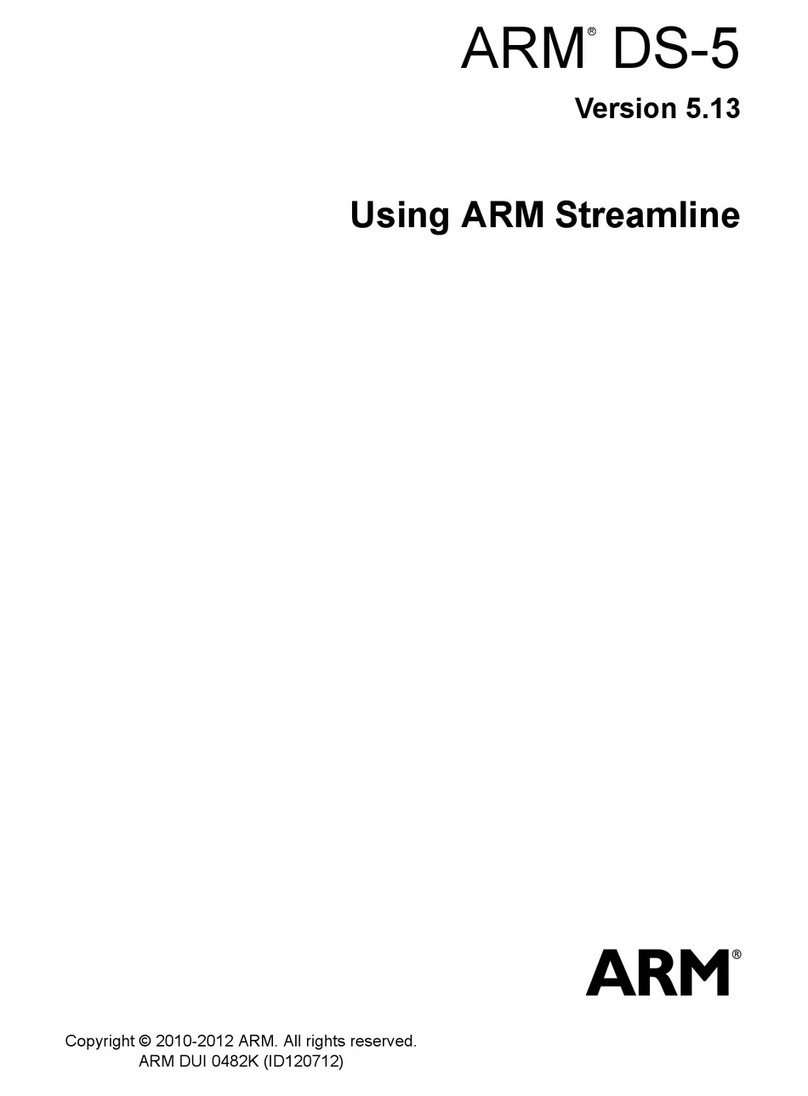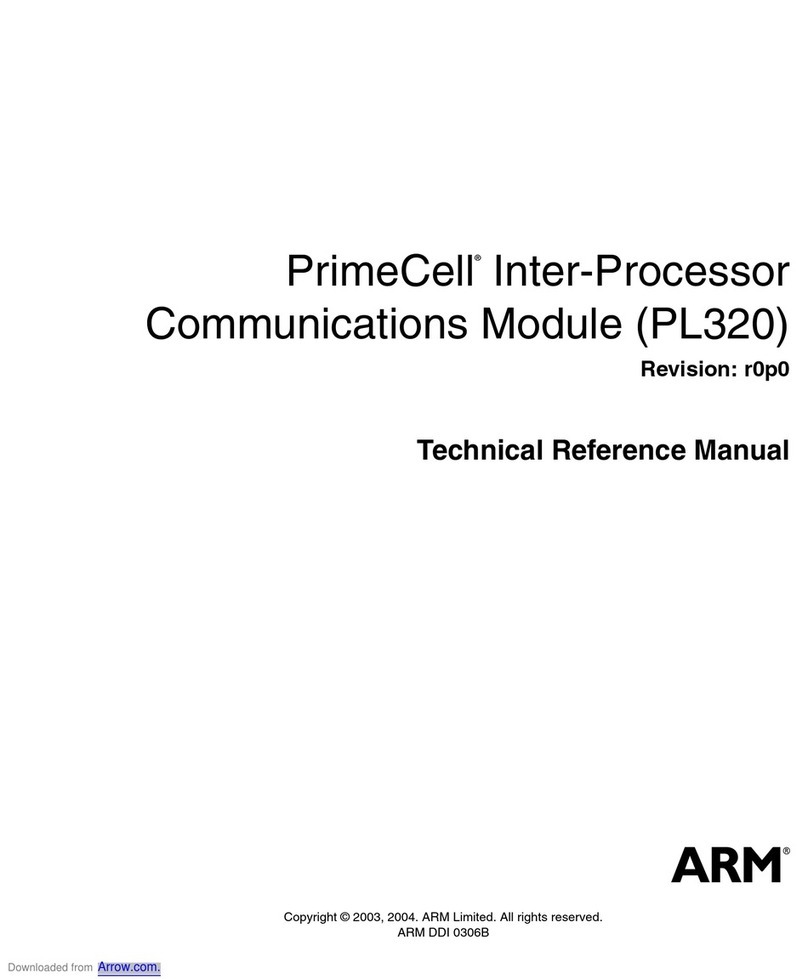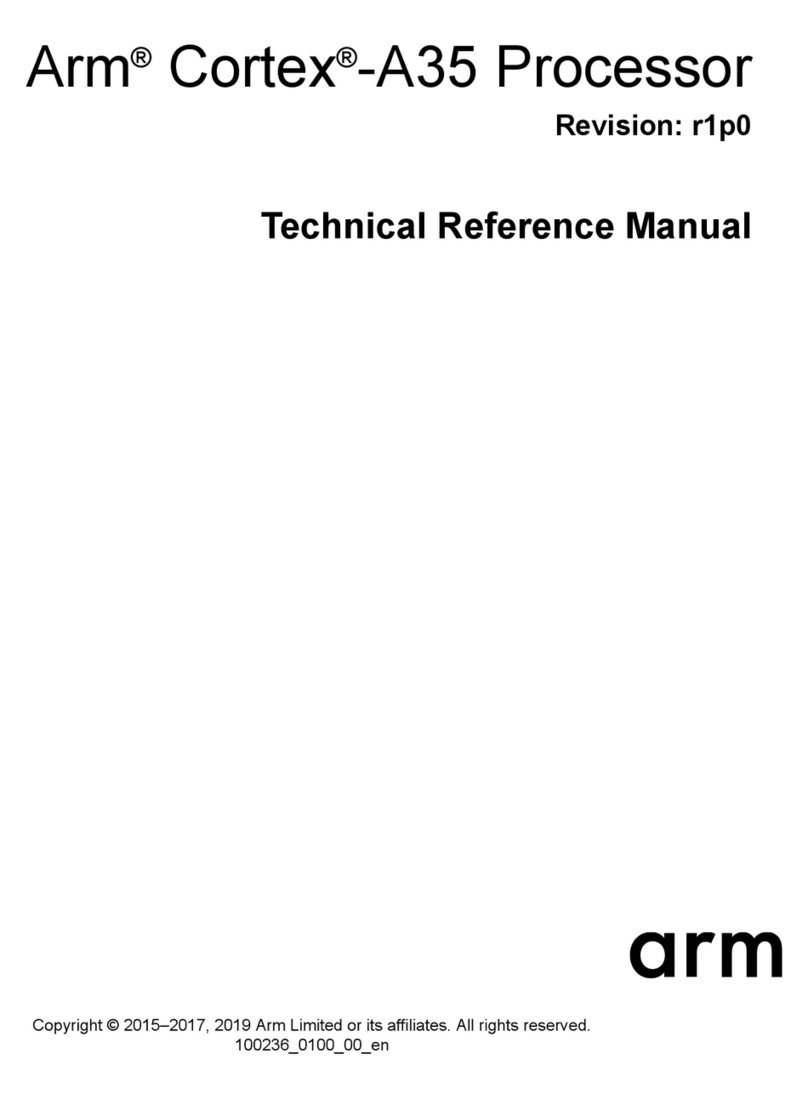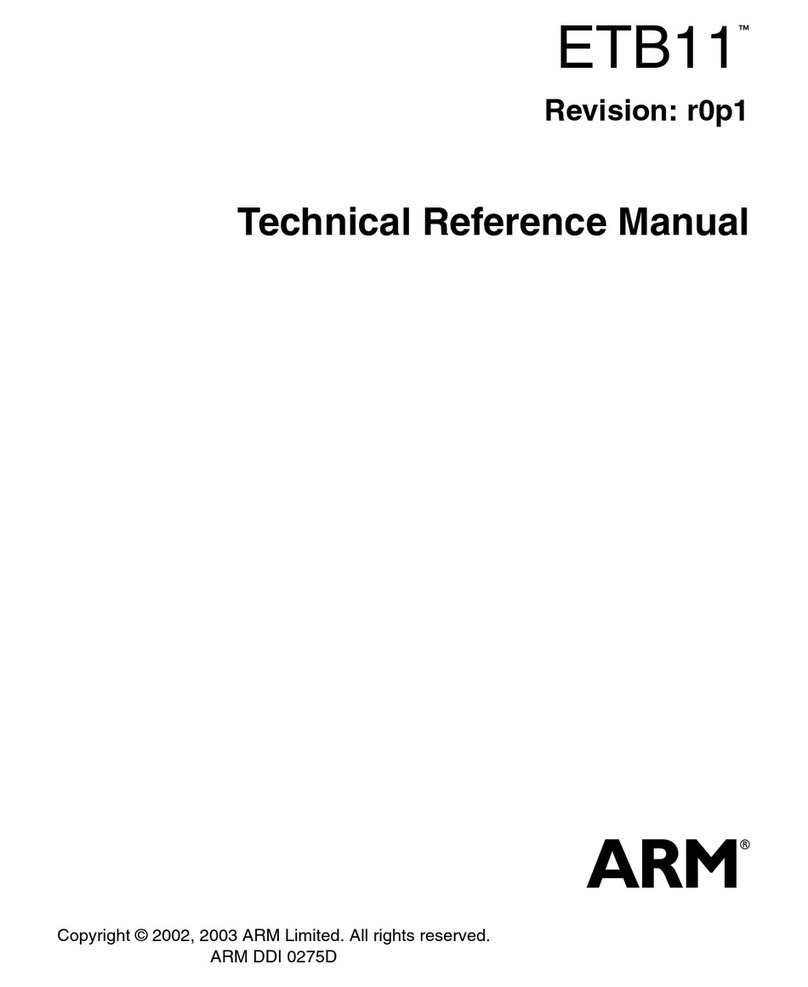
List of Tables
viii Copyright © 2001-2003 ARM Limited. All rights reserved. ARM DDI0198D
Table 2-23 TCM Region Register c9 ........................................................................................ 2-30
Table 2-24 TCM Size field encoding ......................................................................................... 2-30
Table 2-25 Programming the TLB Lockdown Register ............................................................. 2-32
Table 2-26 FCSE PID Register operations ............................................................................... 2-34
Table 2-27 Context ID register operations ................................................................................ 2-35
Table 3-1 MMU program-accessible CP15 registers ................................................................ 3-4
Table 3-2 First-level descriptor bits ........................................................................................... 3-9
Table 3-3 Interpreting first-level descriptor bits [1:0] ............................................................... 3-10
Table 3-4 Section descriptor bits ............................................................................................ 3-11
Table 3-5 Coarse page table descriptor bits ........................................................................... 3-12
Table 3-6 Fine page table descriptor bits ................................................................................ 3-13
Table 3-7 Second-level descriptor bits .................................................................................... 3-15
Table 3-8 Interpreting page table entry bits [1:0] .................................................................... 3-16
Table 3-9 Priority encoding of fault status ............................................................................... 3-22
Table 3-10 FAR values for multi-word transfers ....................................................................... 3-23
Table 3-11 Domain access control register, access control bits ............................................... 3-24
Table 3-12 Interpreting access permission (AP) bits ................................................................ 3-24
Table 4-1 CP15 c1 I and M bit settings for the ICache ............................................................. 4-5
Table 4-2 Page table C bit settings for the ICache ................................................................... 4-5
Table 4-3 CP15 c1 C and M bit settings for the DCache .......................................................... 4-6
Table 4-4 Page table C and B bit settings for the DCache ....................................................... 4-6
Table 4-5 Instruction access priorities to the TCM and cache .................................................. 4-8
Table 4-6 Data access priorities to the TCM and cache ........................................................... 4-8
Table 4-7 Values of S and NSETS ......................................................................................... 4-10
Table 5-1 Relationship between DMDMAEN, DRDMACS, and DRIDLE ................................. 5-6
Table 6-1 Supported HBURST encodings ................................................................................ 6-4
Table 6-2 IHPROT[3:0] and DHPROT[3:0] attributes ............................................................... 6-5
Table 8-1 Handshake signal encoding ...................................................................................... 8-5
Table 8-2 CPBURST encoding ............................................................................................... 8-11
Table 11-1 Scan chain 15 format .............................................................................................. 11-2
Table 11-2 Scan chain 15 mapping to CP15 registers ............................................................. 11-4
Table A-1 AHB related signals .................................................................................................. A-3
Table A-2 Coprocessor interface signals .................................................................................. A-5
Table A-3 Debug signals ........................................................................................................... A-7
Table A-4 JTAG signals ............................................................................................................ A-9
Table A-5 Miscellaneous signals ............................................................................................. A-10
Table A-6 ETM interface signals ............................................................................................. A-12
Table A-7 TCM interface signals ............................................................................................. A-14
Table B-1 Debug Override Register .......................................................................................... B-3
Table B-2 Trace Control Register bit assignments .................................................................... B-5
Table B-3 MMU test operation instructions ............................................................................... B-5
Table B-4 Encoding of the main TLB entry-select bit fields ....................................................... B-6
Table B-5 Encoding of the TLB MVA tag bit fields .................................................................... B-7
Table B-6 Encoding of the TLB entry PA and AP bit fields ....................................................... B-8
Table B-7 Main TLB mapping to MMUxWD .............................................................................. B-9
Table B-8 Encoding of the lockdown TLB entry-select bit fields ............................................. B-11
Table B-9 Cache Debug Control Register bit assignments ..................................................... B-12
